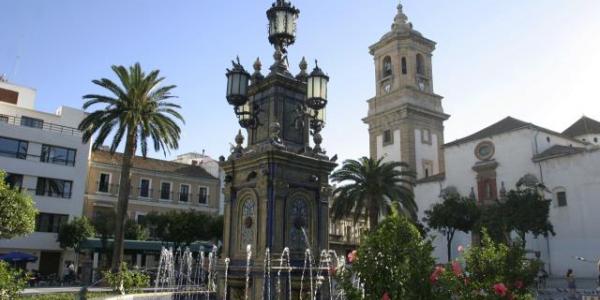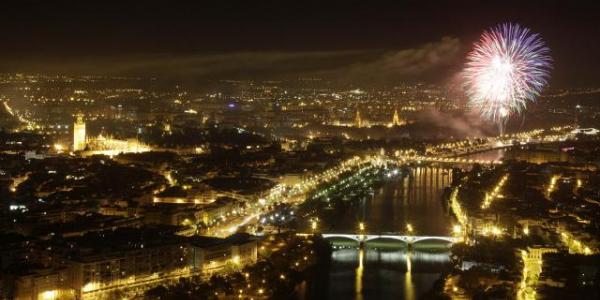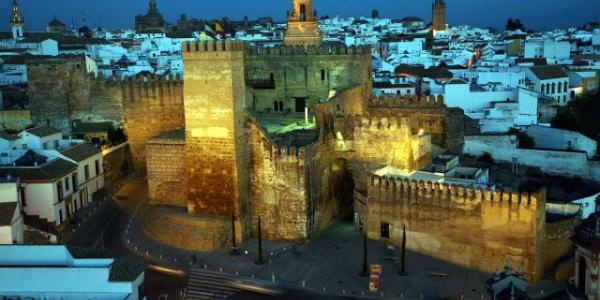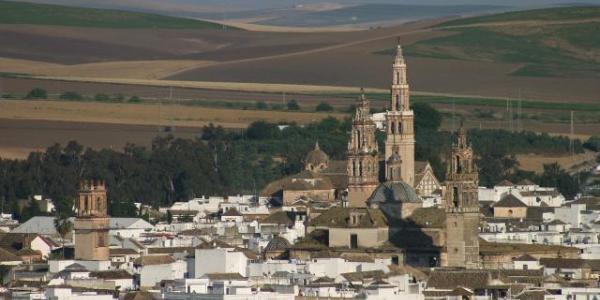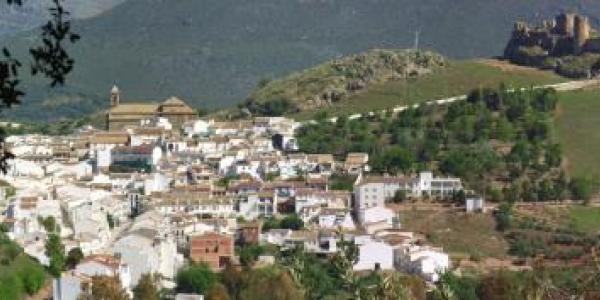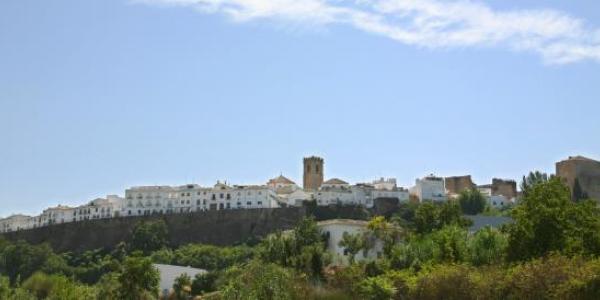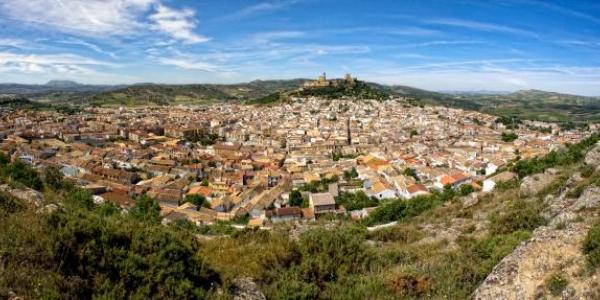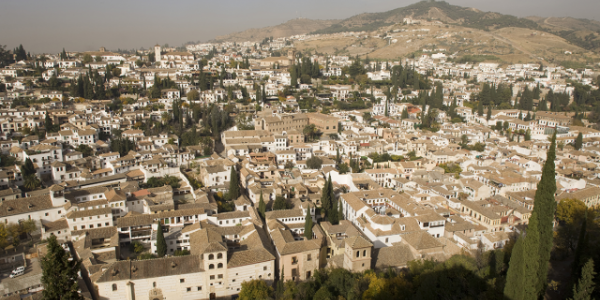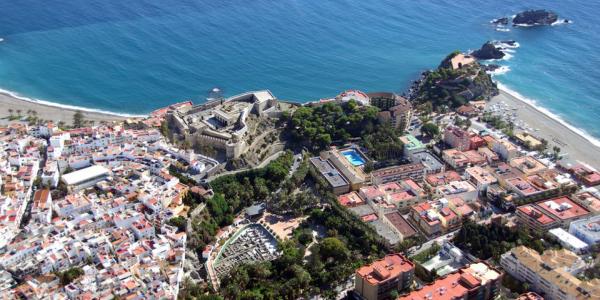Remains of the medina and walls

The origin of Algeciras is located in the Villa Vieja, the promontory situated at the southern part of the River Miel, opposite the Isla Verde, nowadays incorporated into the port area. The gardens and street of the Villa Vieja correspond to the original medina, the fortified perimeter reinforced by Almoravids and Almohads, where there were houses and buildings such as the mosque —with five naves, built in the times of Abd al-Rahman I— and the Mezquita de las Banderas (Mosque of the Flags), close to the gate of El Mar, where it is told that the standards of the tribes gathered together when they held a meeting to undertake the conquest of Hispania. On the opposite shore, the Marinids planned the also fortified Villa Nueva in the late 13th century. Its remains —walls, towers, baths, etc.— are spread over the María Cristina Park.
Municipal Museum

It is located at the Casa de la Cultura – Municipal Arts Centre – José Luis Cano Foundation, which is aimed mainly at local archaeology. It exhibits a catalogue of Roman discoveries reflecting the intensity of the traffic in the Bay of Algeciras since the ancient world, and also evidence of the Muslim al-Yazira —inscriptions, coins, oil lamps, ceramics, etc.— which explain and reconstruct the city’s life during al-Andalus period.
Church of Nuestra Señora de la Palma.

During the revival of the city in the 18th century, the greatest religious monument in Algeciras was built in the Plaza Alta, and inaugurated in 1738. The church is composed of five naves with an interior of colossal proportions with arches on robust pillars. Outside, the main façade and the slender bell tower stand out with their delicate masonry and stonework.



